Americans are aging in prison. But what needs to be done about reducing that elderly population and what to do with them once they are released is still being studied and debated.
Blame the swelled prison rolls on minimum mandatory sentences, on the Three Strikes rule, or the elimination of federal parole, researchers speculate. What is sure is that the numbers are telling. Black communities feel the effects of mass incarceration even more. One in three African-American men will serve time in prison while only one in 17 white males will interact with prisons during their lifetime.
“At the current rate of growth, it is projected that, by 2030, there will be more than 400,000 older people behind bars, a 4,400% increase from 1981 when only 8,853 of the country’s incarcerated people were elderly,” reported Mujahid Farid, who founded and served as lead organizer for Release Aging People in Prison (RAPP) during a fact-finding session in January held by the United Nations Working Group of Experts on People of African Descent. RAPP works to end mass incarceration and promote racial justice through the release from prison of older and aging people and those serving long and life sentences. The number of people aged 50 and older in New York State (where RAPP was founded) doubled after 2000. This reflects a national crisis in the prison system and the extension of a culture of revenge and punishment into all areas of our society. Today’s guest is Jose Hamza Saldana, director of RAPP.


